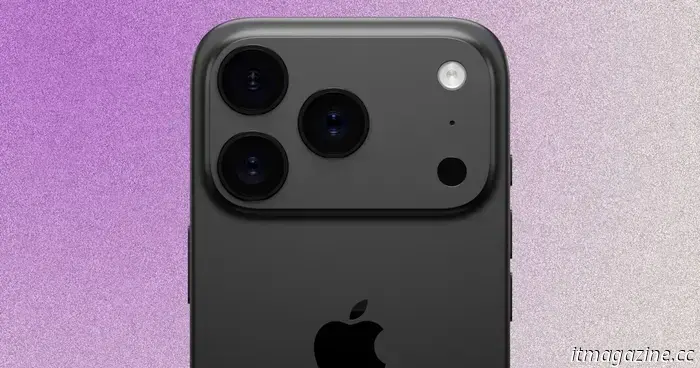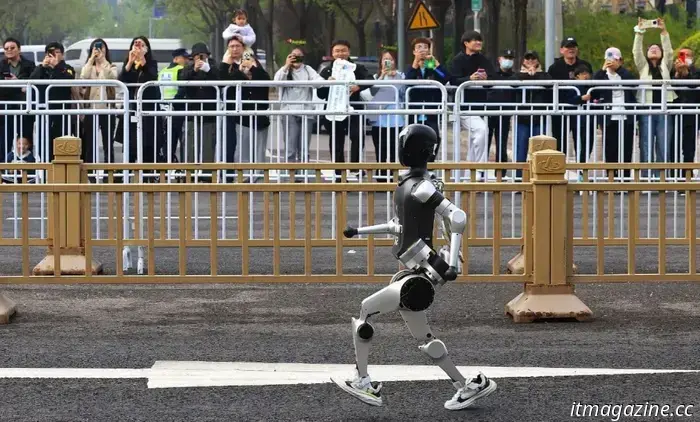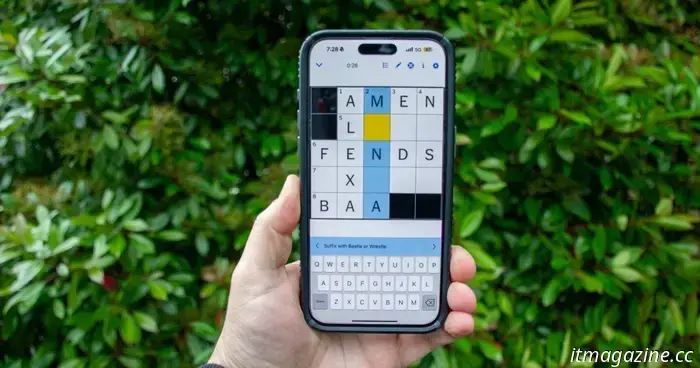
The iPhone 17 may encounter a supply shortage, making it difficult to purchase.
The anticipated launch date for the iPhone 17 is now less than five months away, but Apple has encountered some complications with the initial inventory buildup. Prior to the release of a new device—especially one expected to sell out rapidly—companies typically ensure they have enough supply to meet consumer demand. However, a shortage of a crucial component is hindering Apple’s ability to produce iPhone 17 units at the necessary pace.
The component causing the issue is low thermal expansion coefficient (low-CTE) fiberglass cloth, which plays a vital role in heat management. In a confined, tightly packed space like an iPhone chassis, heat cannot easily dissipate. If not managed properly, rising temperatures could lead to the expansion of other components. Although this usually won’t outright damage a phone, it can shorten its lifespan, cause performance issues, and adversely affect battery longevity.
Jon Prosser from MacRumors reports that Apple has reached out to its supply chain contacts to address the issue. Tim Cook is said to be “extremely anxious” about this situation. Grace Fabric Technology, Apple's main supplier for this fabric and the largest supplier globally, is one of just two companies that can mass-produce ultra-thin low-CTE fiberglass cloth.
The iPhone 17's launch is facing challenges. Apple is already managing the ongoing Siri delay and potential price increases due to tariffs. Production costs have also risen, and it remains uncertain whether Apple will absorb these costs or pass them on to customers. Last year saw an uptick in consumers purchasing used iPhones, and if the iPhone 17 series launches later with higher prices, even loyal Apple fans may reconsider their purchases.
---
Patrick Hearn writes about smart home technologies such as Amazon Alexa, Google Assistant, smart light bulbs, and more.
Forget about the iPhone 17 Pro's design; the 20th anniversary iPhone could be the most daring yet.
There are often many rumors about upcoming iPhones, some surfacing over a year ahead of the actual announcement. This year, the iPhone 17 series is expected to be revealed in September, with several sources suggesting a design overhaul for the Pro models and the introduction of a super slim iPhone. However, the latest discussion isn't about this year's model or next year's; it pertains to the 20th anniversary iPhone set to debut in 2027, potentially alongside a folding iPhone. As per Mark Gurman's latest Power On newsletter, reported by MacRumors, the iPhone Pro paired with the folding iPhone will showcase a "bold" design that heavily incorporates glass.
Don't expect a dramatic design change for the iPhone 17 Pro.
For almost five years, Apple has been selling smartphones that maintain a similar design language first seen in the iPhone 11. The iPhone 17 series is scheduled for release later this year, but if you're hoping for a significant aesthetic change, there’s disappointing news, unless you're willing to invest in one of the Pro models.
According to Bloomberg, the iPhone 17 Pro “will look meaningfully different” from its iPhone 16 series predecessor. Alongside the anticipated sleek iPhone 17 Air model, these two are set to be the most significant design updates in recent years for Apple smartphones, albeit modestly so.
A $2,300 iPhone? Recent tariffs could make that a reality.
Apple's iPhone may experience a substantial price increase due to recent tariffs, as suggested by a report from Rosenblatt Securities. Analysts believe these tariffs could lead to price hikes ranging from 30% to 40% if Apple decides to pass on these additional costs to consumers. Counterpoint Research analyst Neil Shah estimates a necessary average price increase of 30%, while Rosenblatt analysts put the figure closer to 43%.
To illustrate this potential increase, consider the current $799 price of the iPhone 16. If prices were to rise by 43%, it would cost roughly $1,142. Meanwhile, the iPhone 16 Pro Max—currently retailing for $1,599—could escalate to nearly $2,300 (specifically $2,286.57).






Other articles
 The five most promising scaleups in France are joining TECH5's 'Champions League of Tech.'
Five French scaleups have been selected for TECH5, known as the "Champions League of Tech." They will now vie for the title of the leading scaleup in Europe.
The five most promising scaleups in France are joining TECH5's 'Champions League of Tech.'
Five French scaleups have been selected for TECH5, known as the "Champions League of Tech." They will now vie for the title of the leading scaleup in Europe.
 A quarter of a century following its debut, The Virgin Suicides continues to embody profound humanity.
Since its premiere on April 21, 2000, The Virgin Suicides has proven to be a noteworthy debut feature by Sofia Coppola that has endured over time.
A quarter of a century following its debut, The Virgin Suicides continues to embody profound humanity.
Since its premiere on April 21, 2000, The Virgin Suicides has proven to be a noteworthy debut feature by Sofia Coppola that has endured over time.
 Beijing is the venue for the inaugural half-marathon for humanoid robots, with Tiangong Ultra finishing the race in two hours and 40 minutes.
On Saturday, Beijing hosted the inaugural half-marathon for humanoid robots. This event, which combined technology and athletics, saw the participation of 20 teams from Chinese universities, companies, and research organizations, alongside approximately 12,000 human runners competing with the robots.
Beijing is the venue for the inaugural half-marathon for humanoid robots, with Tiangong Ultra finishing the race in two hours and 40 minutes.
On Saturday, Beijing hosted the inaugural half-marathon for humanoid robots. This event, which combined technology and athletics, saw the participation of 20 teams from Chinese universities, companies, and research organizations, alongside approximately 12,000 human runners competing with the robots.
 The Hundred Line: Last Defense Academy review: the pupil exceeds the mentor
The Hundred Line: Last Defense Academy enhances the Danganronpa concept, delivering a new and invigorating tactics RPG experience.
The Hundred Line: Last Defense Academy review: the pupil exceeds the mentor
The Hundred Line: Last Defense Academy enhances the Danganronpa concept, delivering a new and invigorating tactics RPG experience.
 How to buy Reboot Cards in Fortnite
Have you ever forgotten to pick up a teammate's Reboot Card in Fortnite? You can now buy them in the game, and here's how you can do it.
How to buy Reboot Cards in Fortnite
Have you ever forgotten to pick up a teammate's Reboot Card in Fortnite? You can now buy them in the game, and here's how you can do it.
 Answers for the NYT Mini Crossword for Monday, April 21.
The NYT Mini crossword may be significantly smaller than a standard crossword, but it's still quite challenging. If you're having trouble with today's puzzle, we have the solutions for you.
Answers for the NYT Mini Crossword for Monday, April 21.
The NYT Mini crossword may be significantly smaller than a standard crossword, but it's still quite challenging. If you're having trouble with today's puzzle, we have the solutions for you.
The iPhone 17 may encounter a supply shortage, making it difficult to purchase.
The iPhone 17 could be somewhat more challenging to obtain due to supply chain difficulties.
